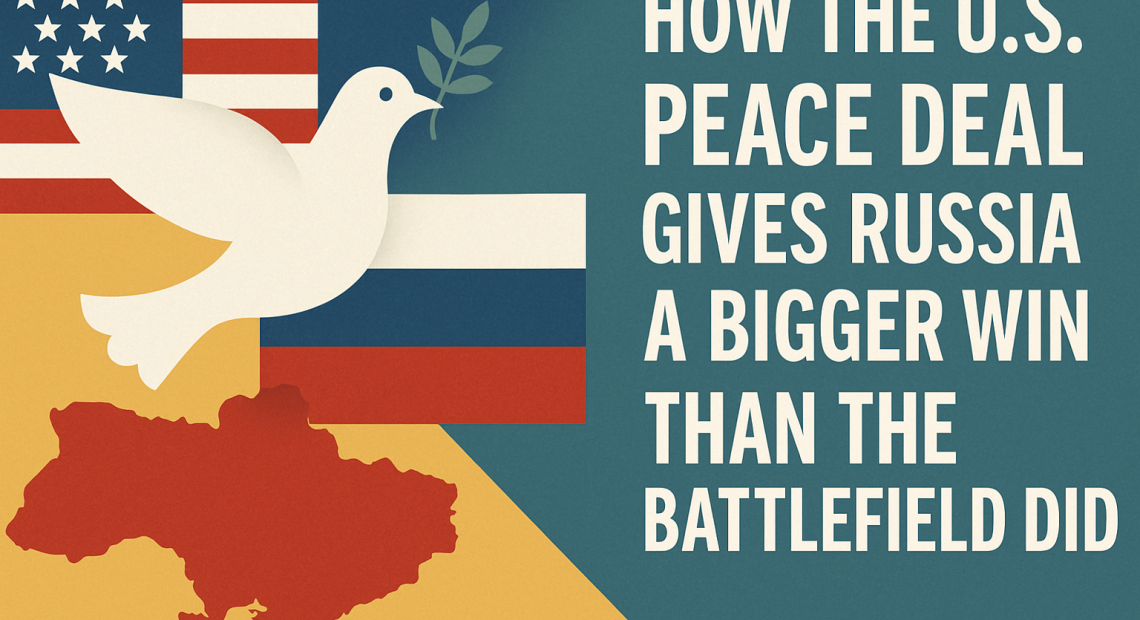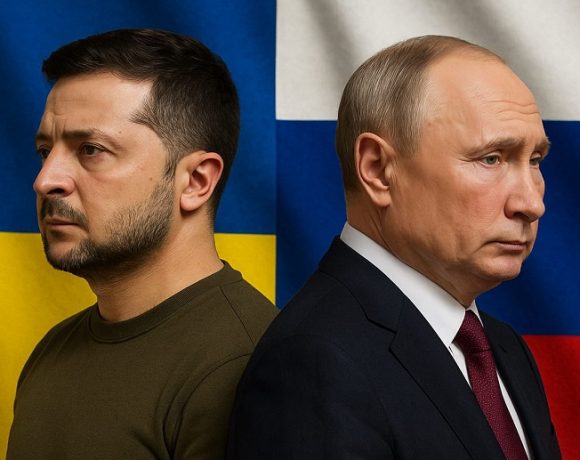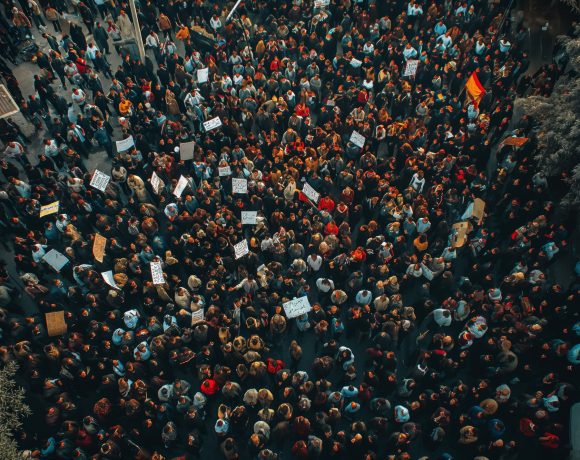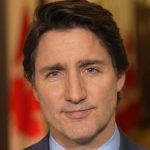
Breaking Down The News: How the U.S. Peace Deal Gives Russia a Bigger Win Than the Battlefield Did
The draft 28 point peace plan pushed by the United States is being sold as a “balanced compromise” to end the Russia Ukraine war. But when you strip away the diplomatic language and look at what is actually written, the structure of the agreement hands Moscow a package of gains that it has not fully secured on the battlefield, while locking Ukraine into long term strategic constraints. This explainer looks at how territory, security guarantees, sanctions relief and economic architecture combine to tilt the deal in Russia’s favour, even as Ukraine is told it must sign or risk losing Western support.
Background and context of the U.S. plan
The proposed peace plan emerges at a moment when Russia has made incremental territorial gains, Ukraine is struggling with manpower, ammunition and energy constraints, and Western capitals are increasingly divided over how long they can sustain high intensity support. The Trump administration has shifted from open ended military backing towards a settlement driven approach, using an explicit time pressure on Kyiv to accept the draft or face the prospect of reduced U.S. assistance. At the same time, Russia is signalling that it is willing to treat the plan as a basis for negotiation, while warning that if Ukraine refuses, Russian forces will continue to advance. This asymmetry sets the tone for the entire document.
Territorial clauses that bank Russia’s gains
The core territorial provisions write Russia’s battlefield advances into a political framework. Crimea, annexed in 2014, is treated as de facto Russian territory, with Kyiv expected to renounce efforts to retake it by force. In Donetsk and Luhansk, the areas already under Russian control are effectively recognised as remaining in Russia’s hands, converting a long running “frozen conflict” into a structured arrangement. In Kherson and Zaporizhzhia, where the front line is more fluid, the plan envisages freezing the line of contact and creating buffer zones rather than restoring full Ukrainian control. A demilitarised zone in parts of eastern Ukraine would limit Ukrainian force presence near Russian held territory, reducing Kyiv’s ability to mount future offensives even if its military position improves later.
For Moscow, this is an enormous gain. It consolidates territorial control gained through force, secures land bridges to Crimea, and creates defensive depth backed by international monitoring. For Ukraine, it turns occupied regions into long term losses that would be extremely difficult to reverse politically or militarily.
NATO rollback and a new security architecture
The most strategically important win for Russia is not land, but NATO policy. The plan requires Ukraine to give up its ambition to join NATO and to write this renunciation into its constitution. NATO, in turn, would publicly commit that Ukraine will not become a member, and that no NATO troops or bases will be stationed on Ukrainian soil. Even if Ukraine receives alternative bilateral security assurances from the U.S. and some European partners, these are weaker than a full alliance guarantee and can be changed by future political shifts in Washington or European capitals.
Parallel to this, the plan caps the size of Ukraine’s armed forces and limits categories of long range weapons that Kyiv can operate. From Russia’s perspective, this is the dream outcome it failed to secure diplomatically before 2022: a formal barrier to NATO enlargement in Ukraine, a ceiling on Ukrainian military capacity, and a ban on Western troop deployments right next to its border, all endorsed in an international agreement.
Economic reintegration that softens the sanctions blow
On the economic front, the plan offers Russia a clear path back towards normalisation. Over time, sanctions would be eased in phases tied to compliance. Russian banks, energy firms and major corporations could regain access to Western markets, financing and technology. A return to a G8 style format is specifically floated, restoring Moscow to the top diplomatic table. Energy exports to Europe and beyond could stabilise under a regulated framework, giving Russia predictable revenue and space to rebuild its industrial base.
Ukraine would receive a large reconstruction package, funded partly from frozen Russian assets and partly from Western investment, with preferential access to EU markets for a period. But even here, the structure matters. The use of frozen assets is limited and in some drafts intertwined with joint ventures that also benefit U.S. and possibly Russian entities. Separate investment agreements on minerals and reconstruction already show how strategic sectors in Ukraine are being tied into long term Western corporate interests. That gives Kyiv money, but also deepens dependency and reduces its economic room for manoeuvre.
An implementation system that locks in a frozen conflict
The plan proposes a U.S. chaired “Board of Peace” or similar oversight body that will monitor demilitarised zones, verify troop caps, oversee use of reconstruction funds and adjudicate alleged violations. On paper, this looks like a neutral enforcement mechanism. In practice, history suggests that once a ceasefire is in place and major Western capitals declare the war “over”, political appetite to confront Russia over incremental violations will be low. Moscow has repeatedly shown that it can exploit grey zones in agreements, calibrating pressure without crossing thresholds that trigger unified Western responses.
For Ukraine, international monitors and supervisory boards also mean that any attempt to rearm, reposition forces or revise the settlement will be scrutinised and potentially blocked under the terms of the deal. The architecture therefore favours long term stability from Washington’s point of view, and long term consolidation from Moscow’s point of view, but gives Kyiv very little flexibility once the ink is dry.
How Ukraine is boxed in by this deal
Ukraine is asked to make concessions on territory, alliance choice and military scale, while accepting vague or politically fragile security guarantees. It would be under pressure to withdraw legal claims against Russia in international courts and to accept limits on accountability for war crimes in exchange for reconstruction money and a stop to active fighting. Internally, any government that signs such a deal will face public anger, veterans’ discontent and political fragmentation, especially if Russia continues to exert information and covert pressure in Ukrainian politics.
At the same time, Ukraine’s bargaining power is weakened by battlefield realities and by explicit U.S. messaging that support cannot continue indefinitely. That creates a classic “sign or sink” environment in which Kyiv may secure survival as a state, but at the cost of accepting a security order designed largely by others.
Why Russia might still hesitate
Despite the favourable balance, Russia has not fully embraced the plan. The Kremlin has signalled that it sees the proposal as a possible basis for peace but complains that some of its deeper strategic demands are still unmet. Moscow would like broader NATO pullbacks in Eastern Europe, more ironclad guarantees on sanctions removal and perhaps further adjustments to borders if it advances militarily before any deal is signed. There are also domestic optics: accepting a U.S. drafted plan that includes outside monitors and formalises some limits on Russia’s freedom of action may not sit easily with hardliners who have framed the war as a confrontation with the entire Western system.
Implications for Europe and the global order
For Europe, the peace plan risks setting a precedent that force backed revisionism can succeed if sustained long enough. Redrawing borders without full restoration of the victim state’s control undermines principles that European governments have publicly defended since 2014. It also exposes divisions inside NATO and the EU between those who prioritise ending the war quickly and those who fear that a weak settlement only postpones the next crisis. For other actors, from China to regional middle powers, the message is that persistent military pressure, combined with diplomatic leverage, can eventually extract concessions even when initial aggression is widely condemned.
What all this means in practice
Taken together, the U.S. peace proposal tries to stabilise Europe by freezing the conflict on terms that crystallise many of Russia’s gains. Moscow gets recognition of control over key territories, a formal block on Ukrainian NATO membership, a ceiling on Ukrainian military power and a structured off-ramp from the most painful sanctions. Ukraine gets survival, some security assurances and reconstruction money, but loses strategic depth, alliance options and part of its territory. Washington gets to claim it has “ended the war”, pivot resources elsewhere and retain a central supervisory role in Europe’s security.
In that sense, the deal gives Russia more than its battlefield position alone would have guaranteed, while pushing Ukraine to accept a controlled version of defeat dressed up as peace. Whether Kyiv signs or resists will determine not only the future map of Eastern Europe, but also how other countries read the cost-benefit balance of using force to revise borders in the years ahead.


















